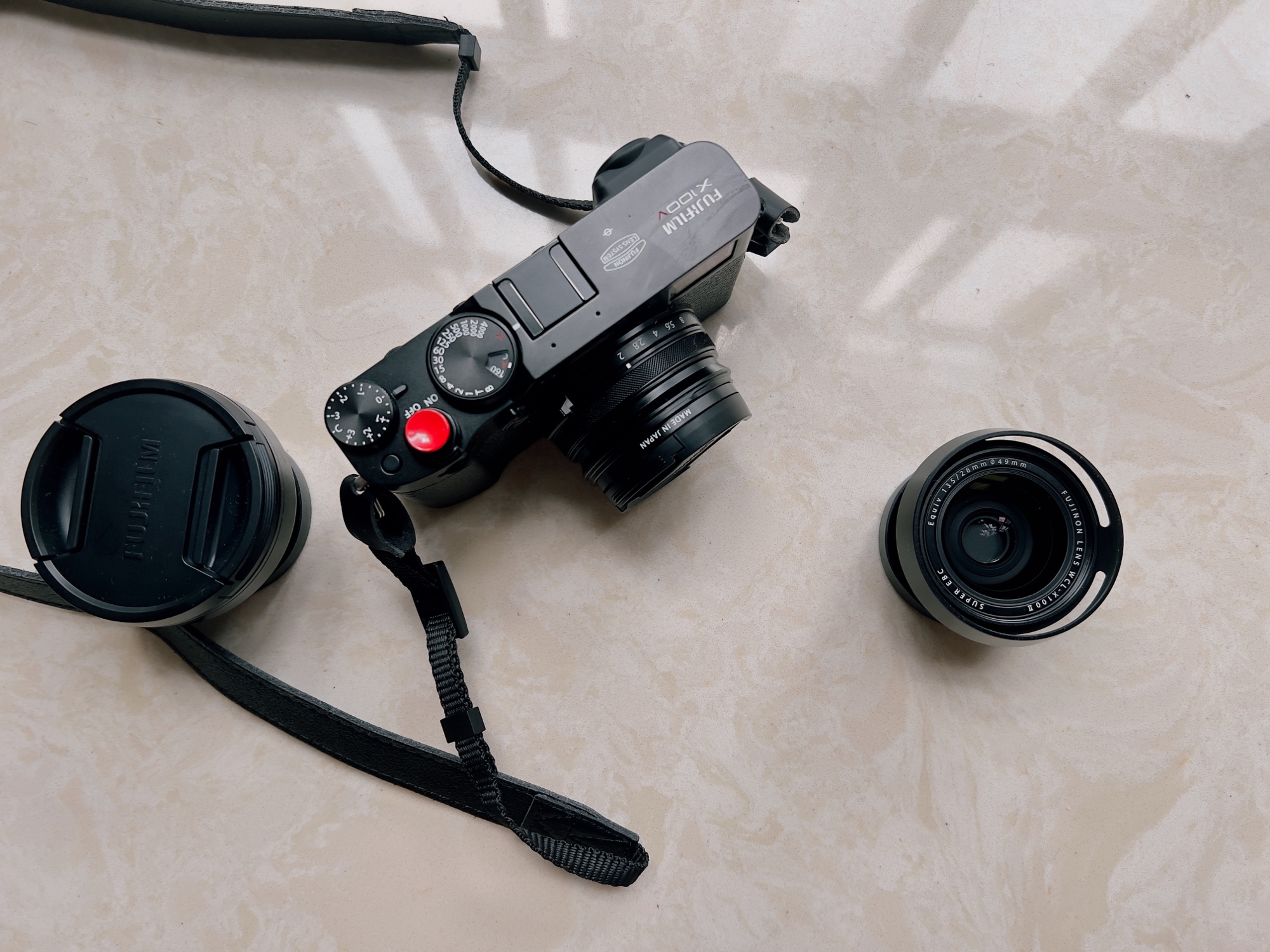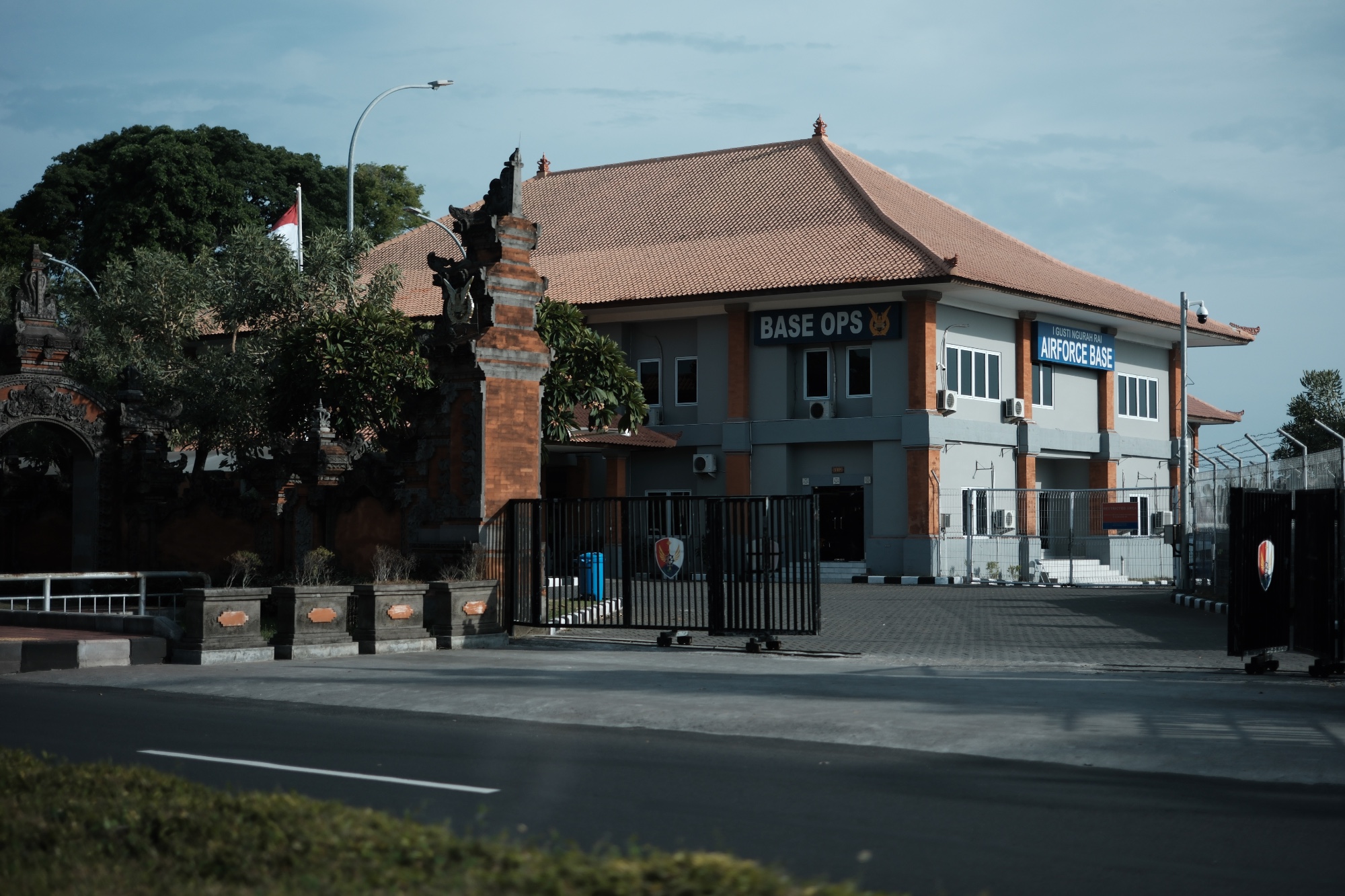The Fuji X-S20 has been released for nearly a year now, and my own device’s shutter count has reached 30,000. I am writing an article to wrap up my experiences, all of which are based on my actual usage.
Basic Situation
First of all, the selection of equipment is a very important part of the enjoyment of photography. You may quickly lose interest after the purchase, but it’s undeniable that the selection process is extremely joyful. Personally, I don’t use a camera bag, rarely use a tripod or flash, mainly do city walks, and one-fourth of the time, I take portraits of my wife. I’ve shot over 60,000 shutters on two Fuji cameras. I use the XT-5 approximately half of the time because it has skin beautifying features which I prefer a bit more.
As a long-term user of both the X-T5 and X-S20, I can feel some disadvantages of the X-S20 compared to the X-T5. During usage, I sold the XF56 F1.2 and XF18-55 lenses. The lenses I use most are the new F1.4 trio; the 33mm can take on a bit of portrait work, but is not very convenient for shooting food. Both the 18mm and 23mm lenses are very good. The XF18 is at a focal length similar to that of a smartphone and its price has significantly dropped in the second-hand market, making it highly recommended.
Pros of X-S20
For the average user, the willingness to carry the camera out is the primary productivity factor. Imagine carrying a brick when you go out on a hot day — the experience is truly awful. Having never bought an X-S10, but looking at its specs and upgrades, one could say it’s a massive step up. If you don’t need the retro aesthetic, then this gadget really has no downsides. Actually, for Fuji’s APS-C cameras, it’s all about a few new features with repeated removals placed on different models; overall, the X-S20 is truly the best in terms of feature removal.
- Compact size: X-S20 is very small and thin, even with a handgrip, which allows it to fit into my tech bag. The XT-5 is significantly thicker and not as comfortable to hold, but the X-S20 remains enjoyable even with heavier lenses over a long period.
- Strong battery life: Despite its small body, it is fitted with a new battery which is the biggest improvement over the X-S10. Even the new XT-50 doesn’t have a big battery. Without shooting videos, heavy photography for an entire day is no issue.
- Fifth-generation camera: It has all the necessary features, including the latest RA filter.
- 26MP sensor: It’s well adapted, not fussy about lenses, and photos are a file-size friendly.
- Overheating isn’t as bad as some might think. I’ve had no issues shooting in 40°C weather in Bangkok.
- It supports UHS-II card slots, and I recommend using V60 cards, even though they are quite expensive. Don’t underestimate the importance of this; you will realize its bottleneck during burst shooting. Burst shooting is an essential function because the subjects we photograph are not professional models—they can easily blink, have posing issues, etc. Burst shooting is the best remedy for these problems, otherwise, you can expect some criticism.
During my initial hands-on, I mentioned the video feature was good, but in my long-term use, I barely shot any videos. Upon occasional use, I noticed it still requires a stabilizer for the best results. Video storage can be costly; a 128GB card might not suffice. Although the X-S20 has a fifth-generation processor, it does not have the fifth-generation sensor. Compared to 40MP, 26MP is sufficient. An X-T5 JPG is about 19MB, whereas the X-S20 is around 12MB. I barely shoot RAW now due to storage constraints.
Cons of the X-S20
In nearly a year of use, I can say there are no major flaws, but there are a number of minor issues, which I will refer to as downsides, some of which are common to Fuji cameras. I have only used Olympus and Fuji cameras, so I am not sure if these issues are common to all cameras or unique to Fuji.
- The camera does not automatically shut down when the lens is not attached, which is a serious problem that can even deplete the battery. This is actually related to my not using a camera bag. To facilitate storage, I keep the lens and body separate, and not wearing it is also to avoid the next point.
- Fragile paintwork: The paint chips very easily and is already looking battle-worn without any impacts. This applies to both the body and lenses, which may be problematic for the perfectionist, as even a single outing may return it to a battle-worn state.
- The mechanical shutter speed is locked at a maximum of 1/4000, and there is no electronic front curtain shutter.
- The image stabilization is not particularly strong; after the sun sets, the success rate of shooting while walking drastically decreases. This is especially true for modes like HDR, which require multiple shots to compose.
- The built-in flash is relatively weak.
- Autofocus is usable but not entirely reliable.
- The camera has a skin-smoothing function, but it’s not universally adjustable and is only accessible in one mode, an instance of unnecessary feature limitation.
- The price for original accessories is high, and purchasing them is a considerable investment. If you are on a budget, it’s something to consider, although this is a universal problem across brands. It all comes down to whether you’re willing to accept third-party accessories that offer great value for money.
In my first review, I mentioned the plastic body material, which I now accept. Weather resistance is important but hasn’t significantly impacted my usage.
Conclusion
As an APS-C sensor camera, the X-S20 is outstanding. Fuji’s XF series lenses are also very impressive, striking a nice balance between size and quality. The limits are more due to physical constraints, but with Sigma’s zoom lenses, it’s clear Fuji has room to grow, which is probably more about cost considerations.
Fuji is currently popular, and while I consider selling one of my two models, the X-T50’s release has led to the discontinuation of the X-S20. At a price of 8,799 yuan, it’s a great value for the money today. Fuji is also friendly to beginners with its filters. But to be honest, if you have never bought a camera, I do not recommend buying a Fuji because you can’t get the value for the original price.
Finally, the thing to say is: Do not buy a camera.


